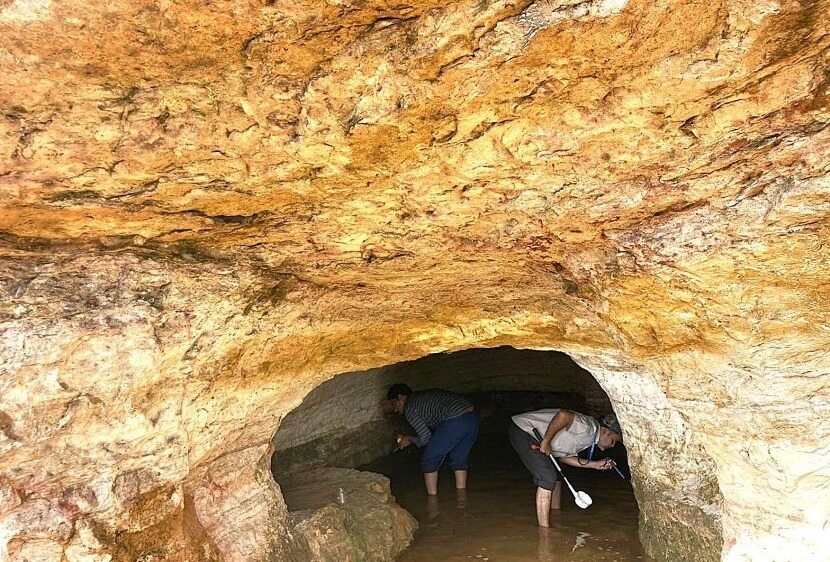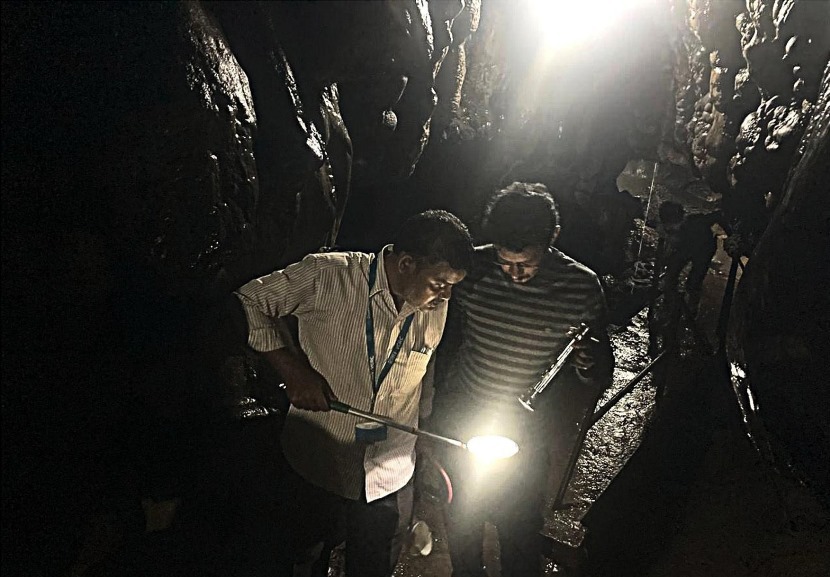ICMR–VCRC study reveals 117 mosquito species across Meghalaya, deepening understanding of disease ecology in the region
Guwahati, Oct 18: In a landmark entomological discovery, researchers from the Indian Council of Medical Research–Vector Control Research Centre (ICMR–VCRC), Puducherry, have identified seven mosquito species never before recorded in India and 61 species new to Meghalaya. The findings, published in Zootaxa, not only underscore Meghalaya’s role as a biodiversity hotspot but also enhance scientific understanding of mosquito ecology amid shifting climatic conditions.
The comprehensive study documented 117 mosquito species belonging to 27 genera, collected from 133 sites spread across the Khasi, Jaintia and Garo Hills. “A total of 3,238 specimens of 117 species, two unnamed, representing 27 genera were collected and identified. Of these, 61 species are new to the state and seven are new country records,” the authors wrote.

The study provides the most up-to-date information on the distribution of mosquito species that occur in Meghalaya, many of which are vectors of pathogens of diseases such as malaria, dengue fever, Japanese encephalitis and chikungunya.” The authors emphasized that these findings highlight the importance of continuous mosquito surveillance in Meghalaya to monitor the spread of vector-borne diseases and guide effective control strategies.
Among the newly reported species are Culex malayensis, Culex macrostylus, Culex hayashii, Culex richei, Culex spiculosus, Uranotaenia sumethi, and Uranotaenia sombooni. These species, previously known only from Malaysia, Japan and Thailand, indicate possible range expansion and suggest biogeographical links between the Indian subcontinent and Southeast Asia.
The VCRC team conducted extensive field surveys between August 2022 and January 2024, exploring diverse habitats — from bamboo stumps and pitcher plants to limestone caves and forest streams. “Several mosquito species utilize a variety of habitats, with species of the Anopheles baileyi complex, Culex bailyi and Lutzia halifaxii occupying 9–13 different larval habitat types,” the study noted. In contrast, two endemic species displayed marked habitat specialization: Armigeres mahantai was restricted to pitcher plants, while Hulecoeteomyia cherrapunjiensis was confined to Pandanus leaf axils.
Meghalaya’s geography and rainfall patterns have long nurtured its extraordinary biodiversity. The state’s 76% forest cover supports a rich mosaic of aquatic habitats. “Regions like Mawsynram and Cherrapunji, which receive over 17,500 mm of rainfall annually — the highest in the world — provide ideal microhabitats for mosquito breeding,” the study observed.

The genus Culex emerged as the most dominant, accounting for 37 species, followed by Anopheles with 20. Stagnant water bodies such as ground pools and cement tanks supported the majority of Culex and Anopheles species, while tree holes and phytotelm habitats hosted a wide range of Aedini mosquitoes. The researchers also documented rare cave-dwelling species, including Anopheles bengalensis from Siju Cave and Culex harrisoni from Mawsmai Cave.
“Our study revealed numerous new records within a short survey period, highlighting the remarkable biodiversity of the State within the region. This diversity is likely sustained by ecological features including undulating hills, dense forests, diverse larval habitats and high rainfall,” the researchers said.
The authors stressed that understanding mosquito diversity is crucial for effective vector control and early detection of invasive species. They called for sustained monitoring and ecological research to detect habitat degradation and emerging disease risks.
As Meghalaya advances toward malaria elimination, the findings bear critical implications for public health and conservation planning. “The study highlights the rich and underexplored biodiversity of the region,” the paper concluded — a reminder that the same ecosystems sustaining Meghalaya’s natural beauty also shape its hidden disease ecology and future resilience.




